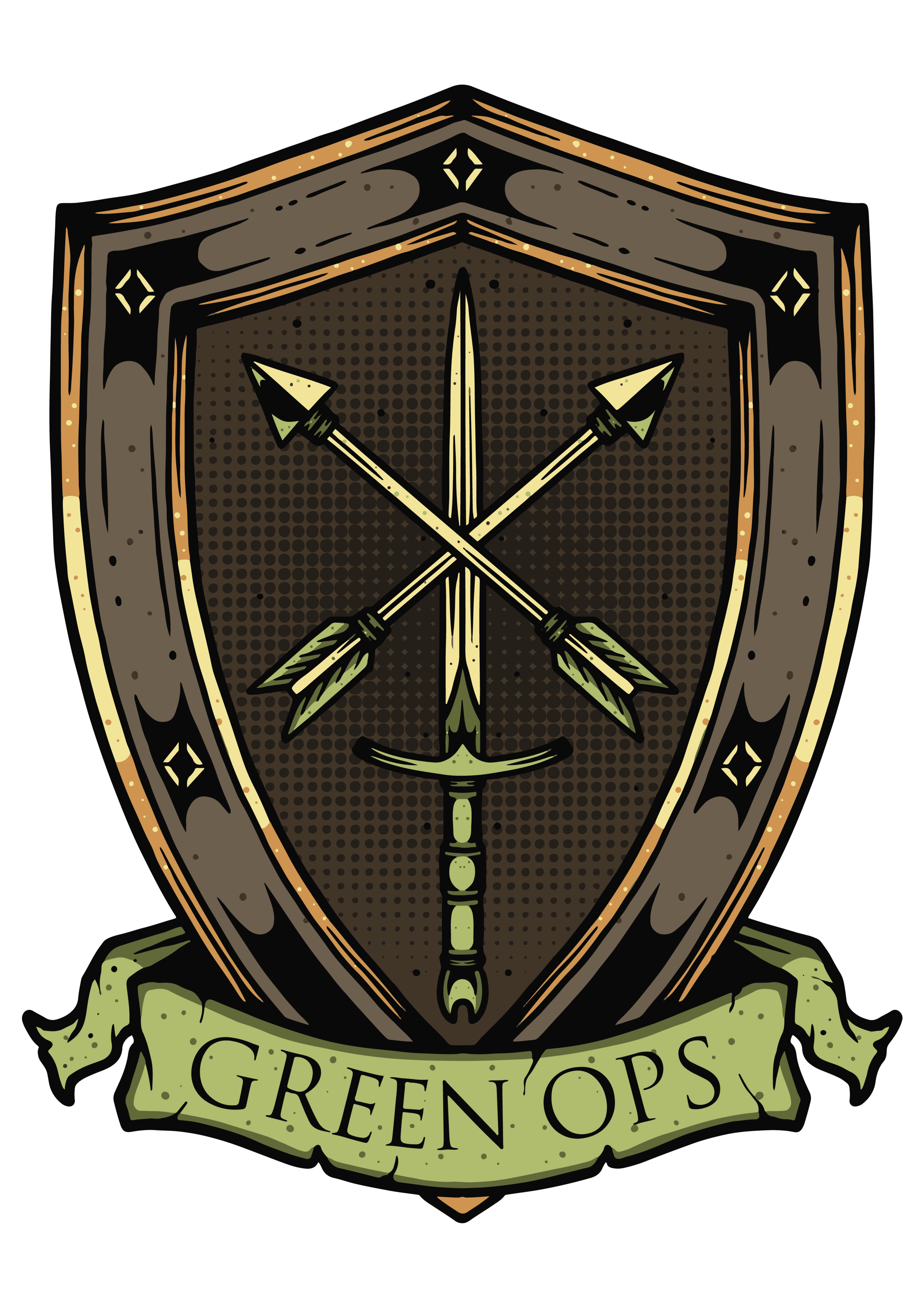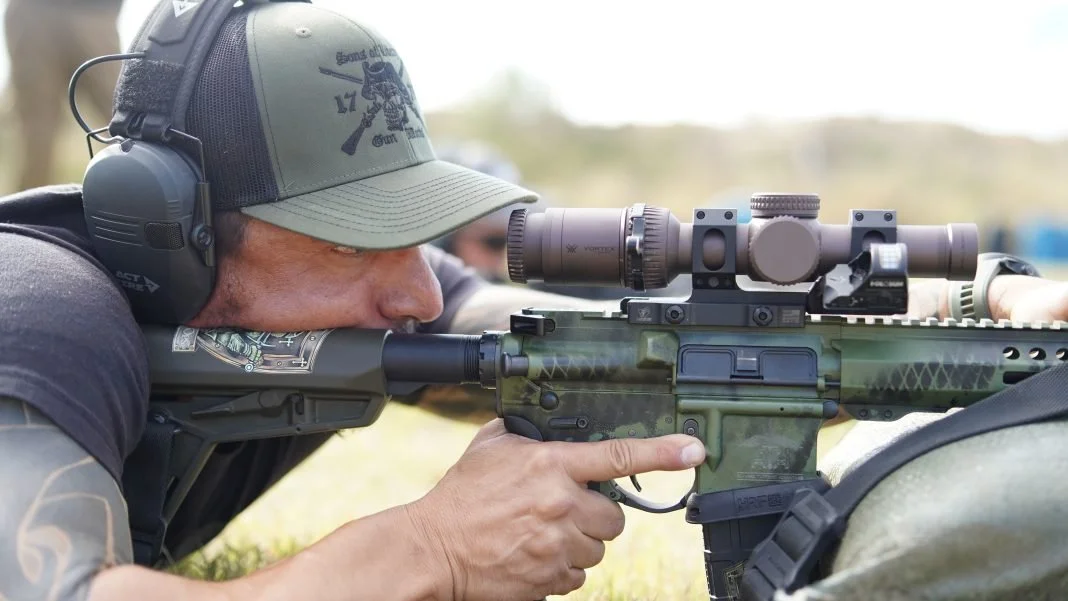Advanced Application of Pistol Mechanics (AAPM) methodically covers handgun fundamentals in context for experienced handgun shooters. It can also be viewed as an introduction to higher performance shooting. The first portion of the coursework is spent combing over all core elements. Those elements were grip, stance, trigger control, sight alignment, drawing and presentation. Each topic gets an instructor demo and lecture, and students shoot relevant live fire as it pertains to that topic.
Read MoreA few weeks ago, I had the chance to attend the Green Ops 2-Day LPVO Carbine course at The Ranch in Dilley, Texas south of San Antonio. Although I will not deny my bias in favor of the LPVO and find them both useful and fascinating, I also understand that like with anything else, these scopes have trade-offs. To be successful with LPVOs, it’s crucial to understand their strengths and weaknesses which is why this Green Ops course has been a huge interest of mine. The course is focused on the entire effective range of the modern carbine and its use with an emphasis on the LPVO as the principal aiming implement, from 0 to 500 meters. I felt quite fortunate after finally attending the course and training under keen instructors.
Read MoreI learned so much about movement (a key weakness of mine), and definitely got context as to why certain skills were so important to practice. I pushed myself hard, and sometimes the wheels fell off a bit, but even when I failed, I felt like I was gaining insight into the important concepts I was trying to master.
The instructors deserve a ton of credit. They competently demonstrated what they were teaching every time, and it was clear they had complete mastery of the subject matter. But the fellow students deserve a bit of credit, too… the atmosphere was positive and encouraging, with really good shooters to push yourself even outside of a strictly competitive context.
Read MoreDespite the fact that many of us were running various optic systems with various zeros the instructors took the time to work with the students who were newer to the platform. We then moved into magazine reloads and malfunctions, and followed this with various other live fire drills, including the Green Ops Rifle Standards drill. We took lunch and listened to further light instruction while eating, which I thought made very good use of the time we had. After lunch we moved into more advanced type shooting positions and class competitions. This is where I had the most fun.
Read MoreAs a student I enjoyed being led by instructors through the transition from studying the theory of medium-range shooting to real experience of shooting up to 600 yards with wind. This was personally one of my favorite parts of the class, as I had read about all these fundamentals countless times but hadn’t been on such a large range with varying targets and terrain features since attending Army Basic as an 18 year-old who had never shot a centerfire rifle before. It’s a great feeling, and really is the reason why I attend training like this – to make sense of what works in the real world and put all the fudd lore and internet rumors to bed as I become more proficient and confident with my own equipment and shooting abilities.
Read MoreThe final event of the day was the capstone drill, which was prefaced by a really abbreviated explanation of how to shoot around cars. I felt it was so perfunctory I would have just skipped it and said “the car is cover”, but Max demonstrated such a clever way of shooting across the hood without exposing yourself as much to skipped rounds that it really felt worthwhile. Sometimes, it’s really the small details that demonstrate the value of the instructor expertise that you’re paying for, and this felt like another one of those moments.
Read More






